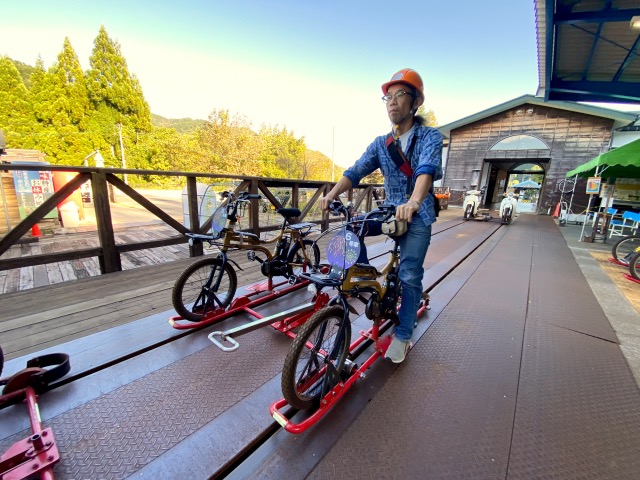
Old railway tracks get a new lease on life in the mountains.
Japan’s network of railway lines is vast, but sadly not all of them are being used, leading them to run the risk of falling into disrepair. The future of these old lines has become a topic of concern around Japan, particularly in rural areas where train services have ceased due to population decline, with the question being: What will become of the railway tracks where these lines have been discontinued?
Well, over in a mountain town called Okuhida in Gifu Prefecture, Kamioka Railway’s Kamioka Line, which was discontinued in 2004, has received a new lease on life as a “rail mountain bike” attraction known as “Gattan Go!!”
▼ This attraction allows visitors to ride a mountain bike along the abandoned railway, while enjoying amazing mountain views along the way.
The Kamioka Railway Line was initially constructed for the purpose of transporting ore from the Kamioka Mine. However, when the operators of the mine switched to trucks for freight transport in 2004 as a cost-saving measure, the line was abandoned two years later.
In 2007, local volunteers then came up with the idea for Gattan Go!! as a way to utilise the remaining railway line, and in 2012 the NPO Kamioka Town Development Network took over operations. It’s now open year-round, excluding winter when the attraction is closed due to snowfall.
There are currently two courses at Gattan Go!!– one is the “Machinaka Course“, which runs along a valley and crosses an iron bridge and the other is the “Valley Course“, which is said to be slightly more challenging and 600 metres (0.4 miles) longer than the Machinaka, which is around six-kilometres return.
Our reporter Mr Sato and his boss Yoshio were in the area recently so they stopped by to check it out, opting for the Machinaka course, which was recommended for beginners.
▼ The timetable for the ride on the day of their visit.
A couple of things to note when visiting is that payment is only in cash, and the reception locations for the two courses are different. Also, to participate in the experience, you must make a reservation in advance, either by phone or online, and arrive at the appropriate reception desk at least 20 minutes before the start time.
For the Machinaka Course, Yoshio and Mr Sato needed to make their way to the Kyuu Okuhida Onsen-guchi Station, where they paid the required fee (3,200 yen [US$21.46] for two people and one bike), filled out the consent form, and stopped by the briefing room for further instructions.
Our duo were participating in the 3:30 p.m. session on a weekday so they thought they might be the only ones there, but there were a number of other participants, making them think that weekends here must be busy.
According to the safety rules on the pamphlet they were given, cyclists must ride each 2.9-kilometre (1.8-mile) one-way journey without stopping, keeping a distance of approximately 50 metres (164 feet) from the bicycle in front of them.
In addition, on the back of the pamphlet, there were guidelines for what to do if you lose something during the trip. According to these notes, it will be almost impossible to find the thing you’ve dropped and you should not stand on your feet or brake suddenly, as safe driving is paramount.
▼ After reading these notes carefully, you’ll then receive a quick briefing from staff.
Following the briefing, participants were shown to the starting area, and our reporters were relieved to have fine weather on the day they visited. Though it was still daylight it felt a little chilly in this mountainous environment, so it’s best to bring a jacket or light sweater when visiting. Yoshio, who had arrived in a light short-sleeve T-shirt, shorts, and sandals, was shivering by the time he finished the ride so it’s best to come prepared for a slight chill at this time of year.
After hopping on the connected bicycles, staff checked each bicycle’s electric assist function to confirm there were no problems, and then they were ready to ride.
Yoshio and Mr Sato were on car number 6, the last car, to use the term commonly applied to train carriages.
Both our reporters couldn’t suppress their smiles as they felt giddy with excitement at the prospect of what lay ahead of them.
Pedalling together, the bikes proceeded smoothly along the track at a much faster pace than expected. This first part of the route is downhill, so you can pick up speed easily without having to pedal.
Since there’s almost no need to operate anything on the handle bars other than the brakes, you can easily take photos with your smartphone. Don’t forget, though, if you drop something while riding you might not be able to retrieve it, so be careful not to get too absorbed in taking pictures.
As they pedalled along the track, our city slickers breathed in the country air and enjoyed a sense of freedom that you just don’t get while travelling in a car.
There was even a tunnel section, where it was pitch black inside!
This dark stretch of track made our reporters feel a little on edge, but they needn’t have worried because…
▼ … the track is illuminated!
After exiting the tunnel, the route became even more scenic as they crossed a bridge with beautiful views over the rooftops of the town.
▼ A one-minute clip of the trip
They then passed by one of the old stations on the line…
…before arriving at Kouzanmae Station, the turning point for the trip, where they were able to take a short break.
You can freely walk around the tracks here, so everyone in the group took commemorative photos, including our reporters.
▼ “Hai, cheese! Yay!!”
▼ “Hai, cheese! Dosukoi sumo pose!”
Though Yoshio and Mr Sato were on two similar-looking bicycles, they also noticed other types were available, like this one that can carry one person on a bike and one in a sidecar.
There was even a 4-5 seater version with double decker-style seating so the elderly and families with small children can comfortably enjoy the experience.
While it was downhill on the way there, it was uphill on the way back, but it wasn’t too strenuous for our guys, who made it back with smiles on their faces.
▼ A short video clip of the ride back.
The breeze that you feel while riding the tracks provides a pleasant escape from the heat of the city, and the scenery changes depending on what time of year you visit, with autumn leaves soon to appear and rows of cherry blossom trees in full bloom every year in mid-April. While these are the most popular times to visit, it’s also a cool escape in summer, although if you don’t want to feel the chill like Yoshio did in his shorts and T-shirt, be sure to take a leaf out of Mr Sato’s rule book and dress accordingly.
It’s a rare treat to be able to experience a wonderful activity like this that gives life back to abandoned railway lines, and those who visit it, so be sure to pop this on your itinerary if you’re ever in the area!
Attraction information
Rail Mountain Bike Gattango!! / レールマウンテンバイク ガッタンゴー!!
Address: Gifu-ken, Hida-shi, Kamioka-cho Shinonome 1327-2 (former Okuhida Onsen Station/Machinaka course reception)
岐阜県飛騨市神岡町東雲1327-2(旧奥飛騨温泉駅・まちなかコース受付)
Open: 9:00 a.m.-4:30 p.m. (Late March to late November)
Closed Wednesdays and throughout winter
Website
Photos © SoraNews24
● Want to hear about SoraNews24’s latest articles as soon as they’re published? Follow us on Facebook and Twitter!
[ Read in Japanese ]

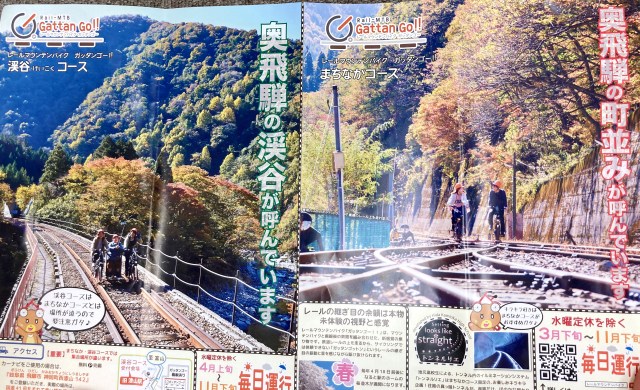
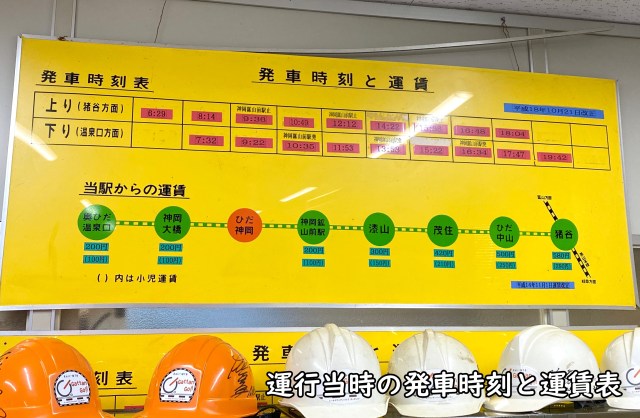

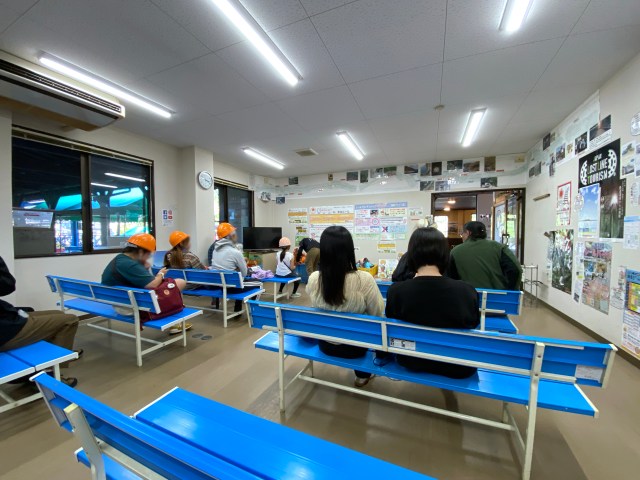
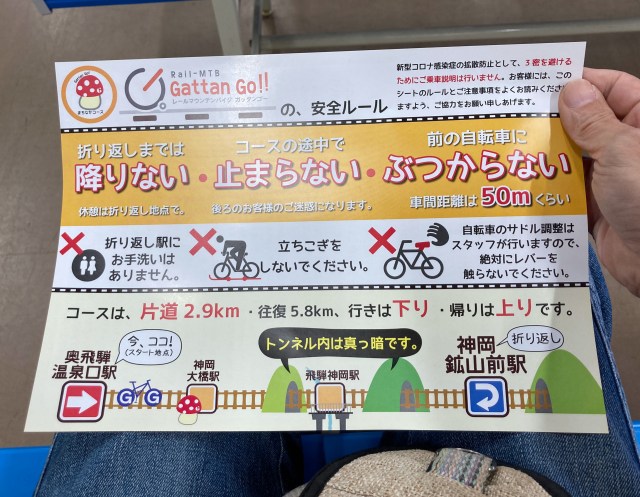
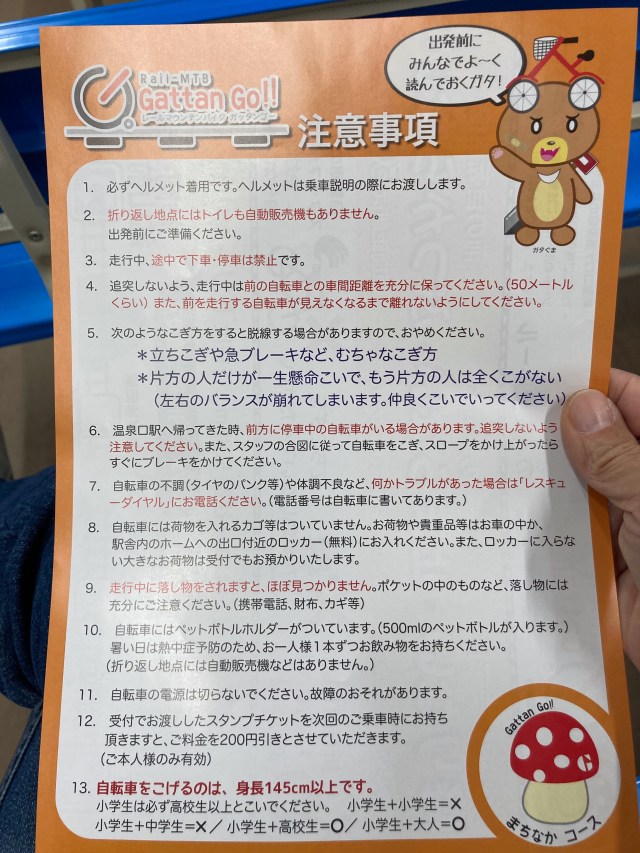
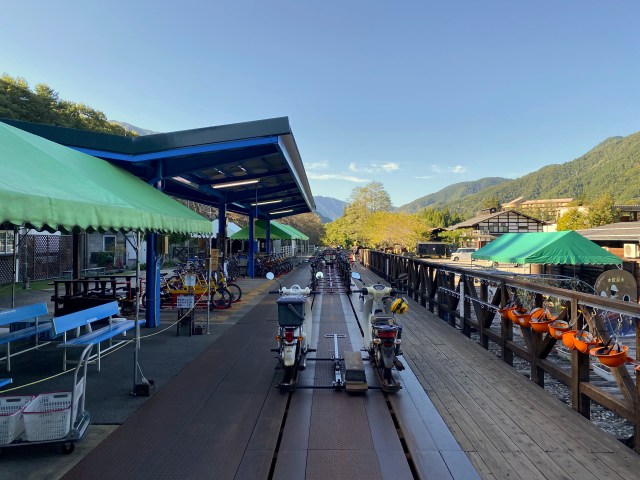
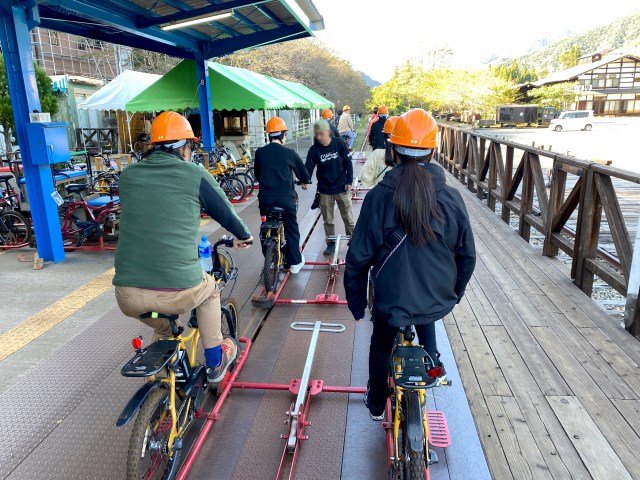
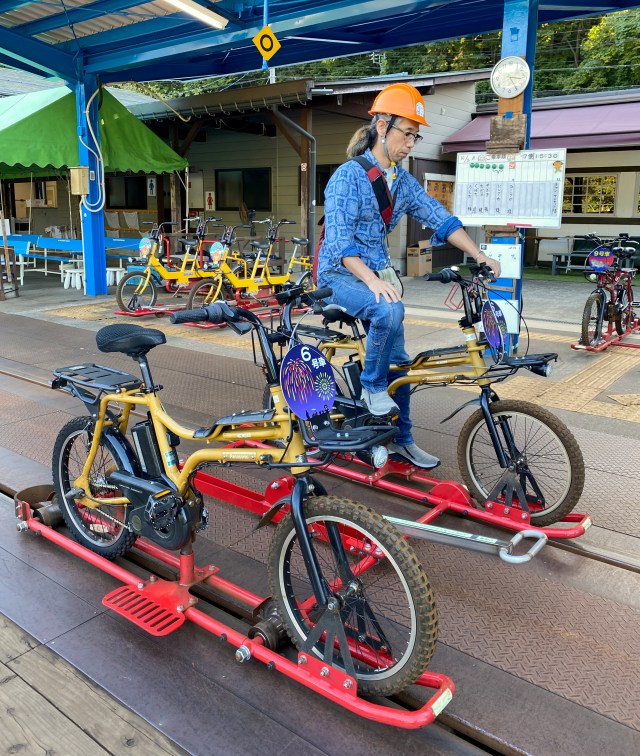
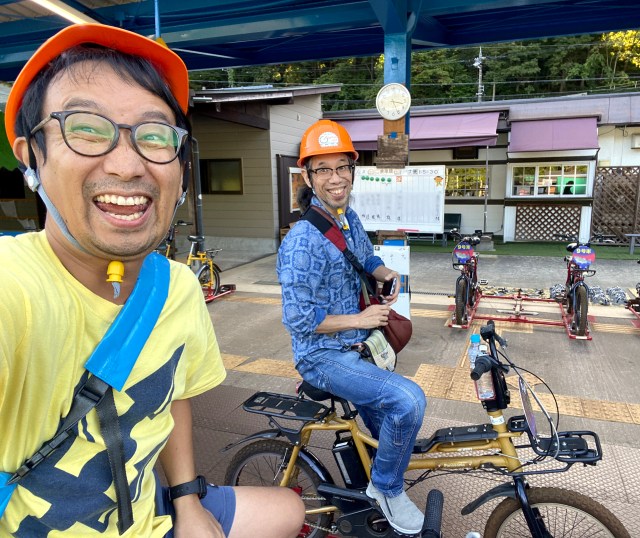
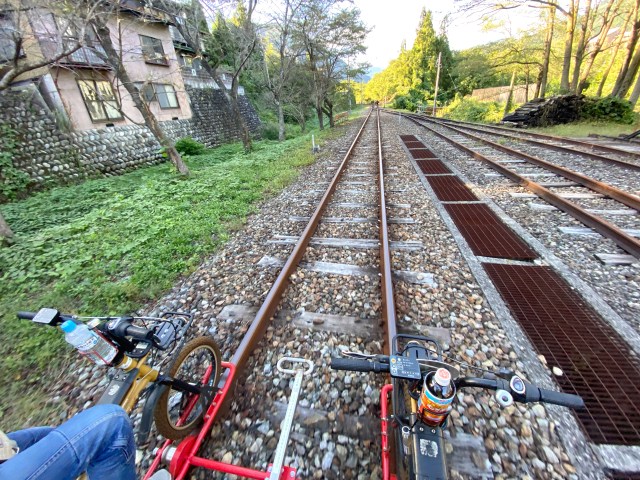
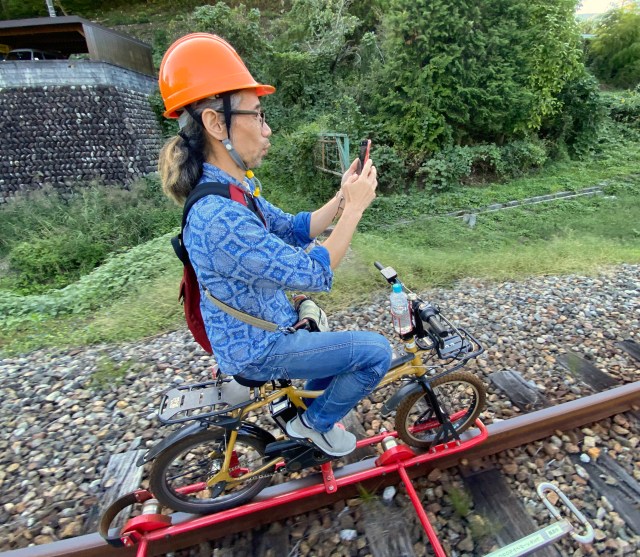
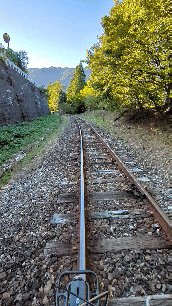

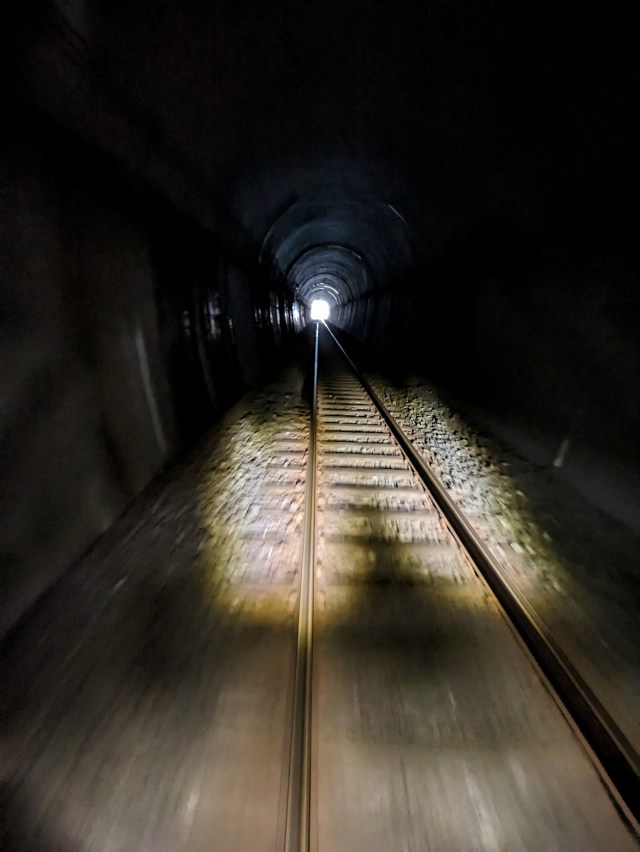
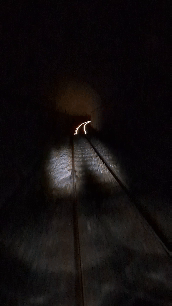
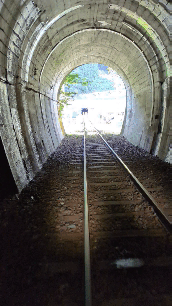
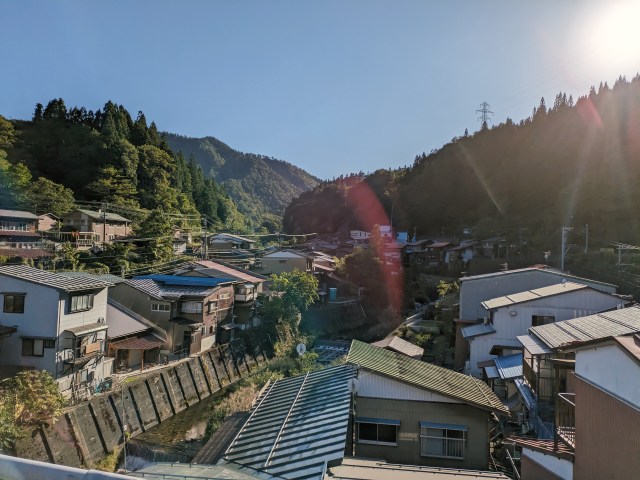
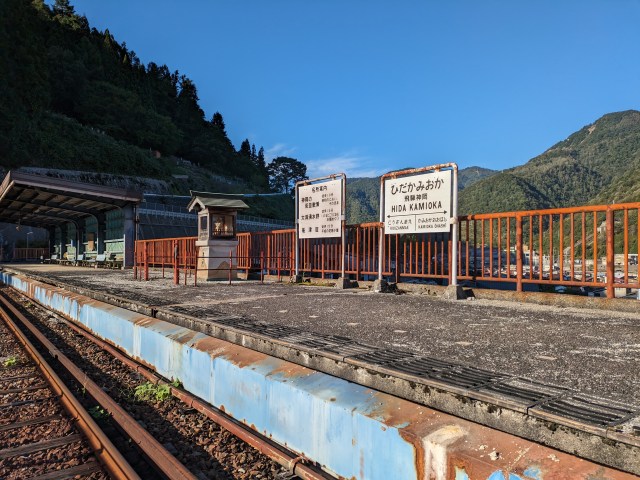
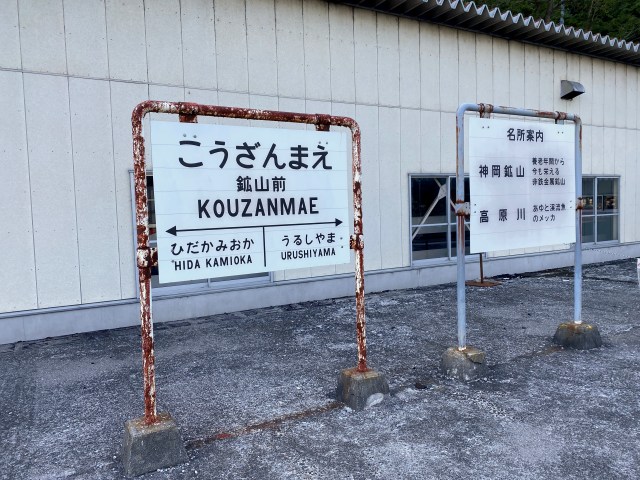

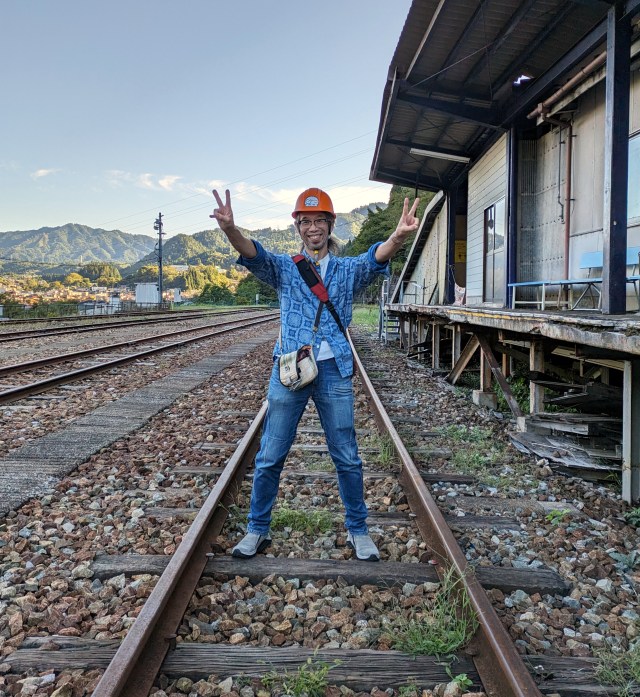
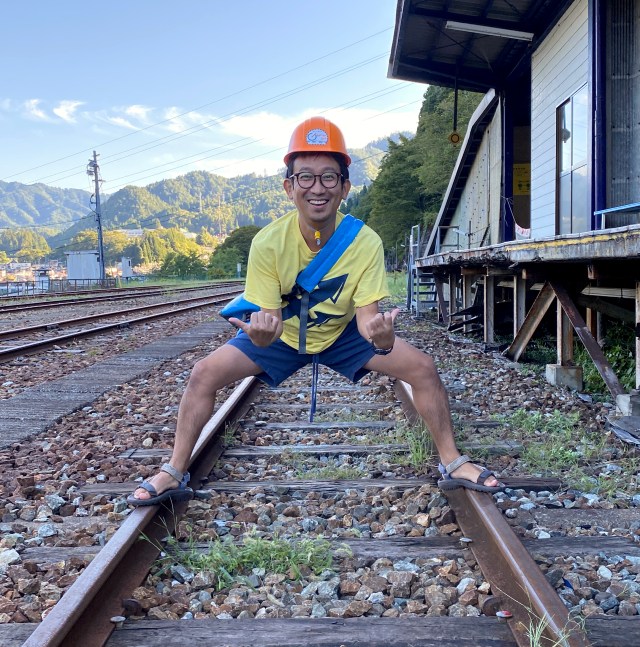
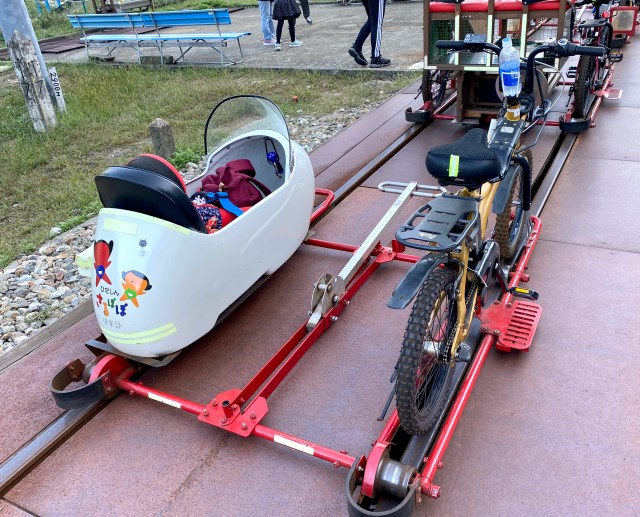

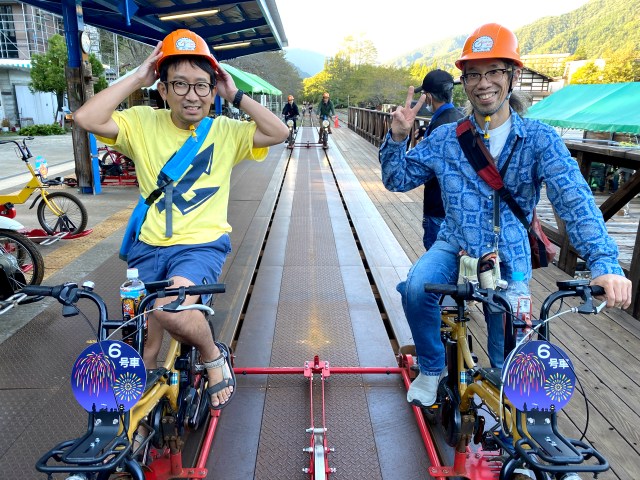
 What’s it like to pole dance on a rooftop in Tokyo?
What’s it like to pole dance on a rooftop in Tokyo? We visit Tokyo Tapioca Land in Harajuku
We visit Tokyo Tapioca Land in Harajuku Secret staff cafeteria in Tokyo is a hidden gem you won’t find in travel guides
Secret staff cafeteria in Tokyo is a hidden gem you won’t find in travel guides Anna Miller’s announces closure, immediately becomes Tokyo’s top must-visit cafe
Anna Miller’s announces closure, immediately becomes Tokyo’s top must-visit cafe Saga Prefecture’s hidden gem of a soba restaurant offers scrumptious, full course soba meals
Saga Prefecture’s hidden gem of a soba restaurant offers scrumptious, full course soba meals Foreigner’s request for help in Tokyo makes us sad for the state of society
Foreigner’s request for help in Tokyo makes us sad for the state of society Seaside scenery, history, and so many desserts on Yokohama’s Akai Kutsu【Japan Loop Buses】
Seaside scenery, history, and so many desserts on Yokohama’s Akai Kutsu【Japan Loop Buses】 Should you add tartar sauce to Japanese curry rice? CoCo Ichi makes diners an unusual offer
Should you add tartar sauce to Japanese curry rice? CoCo Ichi makes diners an unusual offer Ghibli Park now selling “Grilled Frogs” from food cart in Valley of Witches
Ghibli Park now selling “Grilled Frogs” from food cart in Valley of Witches Japanese city loses residents’ personal data, which was on paper being transported on a windy day
Japanese city loses residents’ personal data, which was on paper being transported on a windy day Japan’s summertime towelket pillowcases are even better with the addition of Ghibli stars【Photos】
Japan’s summertime towelket pillowcases are even better with the addition of Ghibli stars【Photos】 Akihabara pop-up shop sells goods made by Japanese prison inmates
Akihabara pop-up shop sells goods made by Japanese prison inmates Studio Ghibli glasses cases let anime characters keep an eye on your spectacles
Studio Ghibli glasses cases let anime characters keep an eye on your spectacles Red light district sushi restaurant in Tokyo shows us just how wrong we were about it
Red light district sushi restaurant in Tokyo shows us just how wrong we were about it Osaka governor suggests lowering voting age to 0 to curb population decline
Osaka governor suggests lowering voting age to 0 to curb population decline McDonald’s new Happy Meals offer up cute and practical Sanrio lifestyle goods
McDonald’s new Happy Meals offer up cute and practical Sanrio lifestyle goods Japanese ramen restaurants under pressure from new yen banknotes
Japanese ramen restaurants under pressure from new yen banknotes French Fries Bread in Tokyo’s Shibuya becomes a hit on social media
French Fries Bread in Tokyo’s Shibuya becomes a hit on social media Studio Ghibli releases new action figures featuring Nausicaä of the Valley of the Wind characters
Studio Ghibli releases new action figures featuring Nausicaä of the Valley of the Wind characters New private rooms on Tokaido Shinkansen change the way we travel from Tokyo to Kyoto
New private rooms on Tokaido Shinkansen change the way we travel from Tokyo to Kyoto Tokyo Tsukiji fish market site to be redeveloped with 50,000-seat stadium, hotel, shopping center
Tokyo Tsukiji fish market site to be redeveloped with 50,000-seat stadium, hotel, shopping center Beautiful Ghibli sealing wax kits let you create accessories and elegant letter decorations【Pics】
Beautiful Ghibli sealing wax kits let you create accessories and elegant letter decorations【Pics】 Studio Ghibli releases Kiki’s Delivery Service chocolate cake pouches in Japan
Studio Ghibli releases Kiki’s Delivery Service chocolate cake pouches in Japan New definition of “Japanese whiskey” goes into effect to prevent fakes from fooling overseas buyers
New definition of “Japanese whiskey” goes into effect to prevent fakes from fooling overseas buyers Our Japanese reporter visits Costco in the U.S., finds super American and very Japanese things
Our Japanese reporter visits Costco in the U.S., finds super American and very Japanese things All-you-can-drink Starbucks and amazing views part of Tokyo’s new 170 meter-high sky lounge
All-you-can-drink Starbucks and amazing views part of Tokyo’s new 170 meter-high sky lounge More foreign tourists than ever before in history visited Japan last month
More foreign tourists than ever before in history visited Japan last month New Pokémon cakes let you eat your way through Pikachu and all the Eevee evolutions
New Pokémon cakes let you eat your way through Pikachu and all the Eevee evolutions Disney princesses get official manga makeovers for Manga Princess Cafe opening in Tokyo
Disney princesses get official manga makeovers for Manga Princess Cafe opening in Tokyo Sales of Japan’s most convenient train ticket/shopping payment cards suspended indefinitely
Sales of Japan’s most convenient train ticket/shopping payment cards suspended indefinitely Sold-out Studio Ghibli desktop humidifiers are back so Totoro can help you through the dry season
Sold-out Studio Ghibli desktop humidifiers are back so Totoro can help you through the dry season Japanese government to make first change to romanization spelling rules since the 1950s
Japanese government to make first change to romanization spelling rules since the 1950s Ghibli founders Toshio Suzuki and Hayao Miyazaki contribute to Japanese whisky Totoro label design
Ghibli founders Toshio Suzuki and Hayao Miyazaki contribute to Japanese whisky Totoro label design Doraemon found buried at sea as scene from 1993 anime becomes real life【Photos】
Doraemon found buried at sea as scene from 1993 anime becomes real life【Photos】 Tokyo’s most famous Starbucks is closed
Tokyo’s most famous Starbucks is closed One Piece characters’ nationalities revealed, but fans have mixed opinions
One Piece characters’ nationalities revealed, but fans have mixed opinions We asked a Uniqlo employee what four things we should buy and their suggestions didn’t disappoint
We asked a Uniqlo employee what four things we should buy and their suggestions didn’t disappoint Princesses, fruits, and blacksmiths: Study reveals the 30 most unusual family names in Japan
Princesses, fruits, and blacksmiths: Study reveals the 30 most unusual family names in Japan The Japanese train station with torii gates on its tracks
The Japanese train station with torii gates on its tracks 1,200 Japanese workers convert above-ground train to subway line in a matter of hours
1,200 Japanese workers convert above-ground train to subway line in a matter of hours Pokémon Go in Japan: 7 top sightseeing spots where you can catch Pokémon in Tokyo
Pokémon Go in Japan: 7 top sightseeing spots where you can catch Pokémon in Tokyo “Hey, Japanese taxi driver, take us to the best seafood joint in Otaru!”
“Hey, Japanese taxi driver, take us to the best seafood joint in Otaru!” All-you-can-ride Shinkansen deal coming to Japan for a limited time
All-you-can-ride Shinkansen deal coming to Japan for a limited time Crazy Kyoto train will have a giant lens motif taking up its entire front end
Crazy Kyoto train will have a giant lens motif taking up its entire front end Lucky underpants for your face: New masks from auspicious Tokyo store offer pandemic protection
Lucky underpants for your face: New masks from auspicious Tokyo store offer pandemic protection Woman kills self jumping onto train tracks, delay causes conductor to jump off tracks at other station
Woman kills self jumping onto train tracks, delay causes conductor to jump off tracks at other station This is what a Whopper with 1,005 slices of cheese looks like in today’s financial climate
This is what a Whopper with 1,005 slices of cheese looks like in today’s financial climate Starbucks pizzas become a hot topic in Japan, but do they live up to the hype?
Starbucks pizzas become a hot topic in Japan, but do they live up to the hype? Japan Railways implements new innovation to make train tracks safer… for turtles?
Japan Railways implements new innovation to make train tracks safer… for turtles? Japanese vending machine sells just one thing at this station
Japanese vending machine sells just one thing at this station What’s it like to eat eel from a Japanese vending machine?
What’s it like to eat eel from a Japanese vending machine? This unstaffed Japanese train station is like a Ghibli anime come to life
This unstaffed Japanese train station is like a Ghibli anime come to life What happens when our team starts renovating our cheap countryside house in Japan?
What happens when our team starts renovating our cheap countryside house in Japan? We buy plastic food samples from a Japanese vending machine with Mr Sato
We buy plastic food samples from a Japanese vending machine with Mr Sato
Leave a Reply